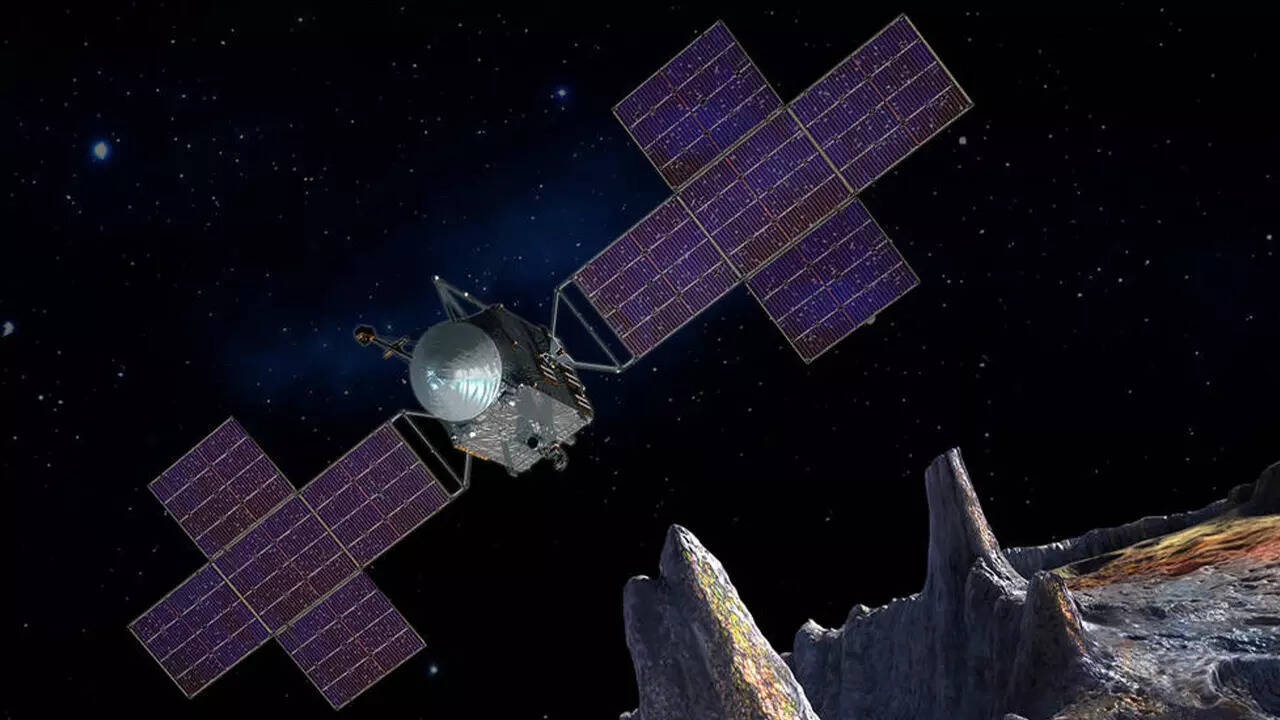NASA plans to use a balloon larger than a football field to send a telescope about 40,000 meters over Antarctica, where it will study a phenomenon that is stalling star formation in some galaxies, effectively killing them.
The upcoming mission is ASTHROS, which stands for Astrophysics Stratospheric Telescope for High Spectral Resolution Observations at Submillimeter-wavelengths.
A 2.5 meter wide primary mirror will be the main light source for ASTHROS, and the entire apparatus will be attached to the largest stratospheric balloon that has ever existed.
Similar news

NASA unveils the deepest image of the universe ever taken by the Webb telescope

NASA halts Psyche mission due to software and test equipment delays
High in the stratosphere, ASTHROS will observe wavelengths of light blocked by Earth’s atmosphere and unobservable from the ground. The telescope’s giant mirror will improve its ability to observe fainter light sources and resolve finer details of those sources, NASA says. In addition, as ground-based telescopes are dependent on weather conditions and light pollution, ASTHROS will be placed approximately 1,30,000 feet above the earth, away from all of these disturbances.
ASTHROS aims to observe several star-forming regions in our Milky Way where stellar feedback — a process by which gas and dust clouds are distributed in galaxies — takes place, and create high-resolution 3D maps of the distribution and movement of gas. It will also look at distant galaxies containing millions of stars to see how feedbacks play out on a large scale and in different environments.
The mission is scheduled to launch no earlier than December 2023 from NASA’s Long Duration Balloon Facility in Antarctica near McMurdo Station.
Similar news

ISRO launches three Singaporean satellites aboard PSLV-C53

Chinese spacecraft photographs Mars in its entirety
According to NASA, the balloon missions typically cost less than space missions, take less time to go from early planning to deployment, and use new technology that can be used in future space missions. The agency’s scientific balloon program launches 10 to 15 balloon missions each year.
















